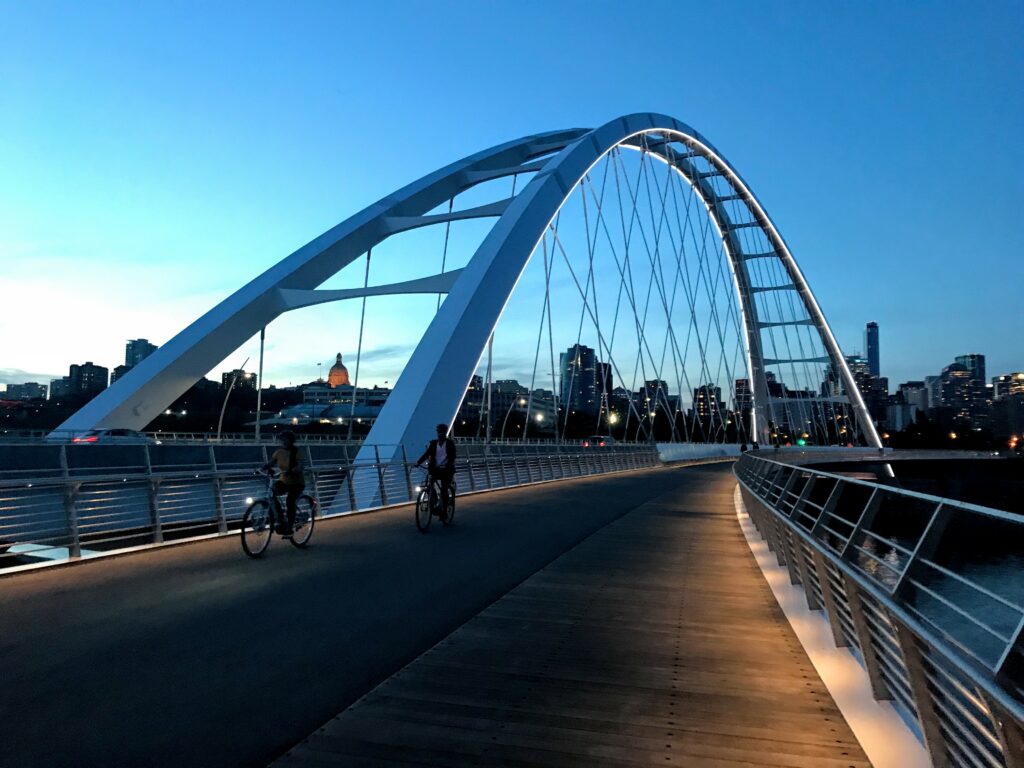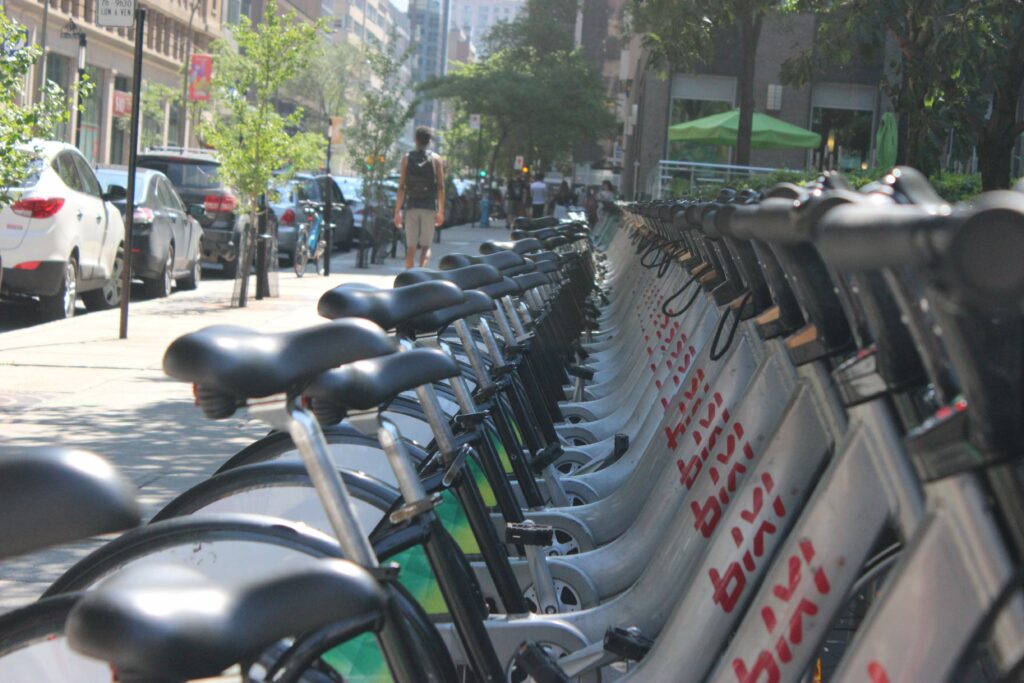
The cry went out as soon as the news hit Twitter: “No! Now I’m going to have to buy a second car!”
That was the response from a co-worker when the news broke recently that Calgary, where I live, was among the handful of North American cities being abandoned by car-sharing company Car2go. When the company launched in Calgary in 2012, it was an unexpected hit. A car-centric oil town with middling transit, the fact car-sharing was an immediate success here (it was reported that Calgary had the second-highest number of Car2go members in North America) had people re-assessing the city’s culture of obligatory car ownership.
Yet it was short-lived. The announcement of the company’s withdrawal from Calgary hit many people hard, particularly those living close to downtown who had come to rely on it as a second (or even first) vehicle. I felt that pain. Although my family has yet to cast off the yoke of the second family vehicle, I was a regular Car2go user and its convenience had always been a source of inspiration for that day when my family too could own one less car.
But the timing of Car2go’s change came at an interesting time, and it’s easy to see the withdrawal as a harbinger of a bigger change. Or if not a harbinger, at least a symbol of an imagined future that is getting more and more unlikely.
As recently as a year ago, it was easy to envision a future in which technology truly changed the way we get around our cities. We seemed to be on the cusp of changing that old 1970s image of car-clogged freeways spewing carbon and chasing pedestrians away with a new future of transportation in which self-driving electric robot cars whisk us down safe, clean free-flowing streets.
Uber was winning its fights against the taxi establishment. Tesla was rolling out cars with auto-pilot. Ford was investing in car-sharing and putting out ads like the one above. Silicon Valley companies were dropping off cheap and clean scooters all over our cities.
Those days seem like a mirage now; an embarrassingly naive vision of an impossible future. Let’s count the ways in which this futurism bubble has been burst recently:
- Uber and Lyft are losing money at staggering rates, and investors are starting to question if ride-sharing will ever be profitable. At the same time, we’ve realized that ride-sharing has actually increased traffic congestion rather than the opposite.
- Self-driving car companies are saying that robot cars are farther away than they expected, and the technology may never be ready for our streets.
- Electric car sales are finally climbing, mostly thanks to Tesla, but people are starting to realize that the automobile-clogged hellscape that is morning drop-off at the school is only a slightly less choking hellscape when those cars are powered by electricity.
- Despite the idea that millennials are shunning cars in favour of alternatives, car sales are still rising, even among millennials who are realizing it’s still near-impossible to live in most North American cities without one.
- General Motors is scaling back its car-sharing service, and Ford no longer produces cars in North America, focusing instead on bigger trucks.
- Despite dumping hundreds of thousands of electric bikes and scooters into cities around the world, it’s looking like most bike- and scooter-sharing companies are still struggling to reach profitability.
You might be forgiven for cynically thinking that we just spend a decade and billions of investor dollars to figure out what society learned 80 years ago: Urban transportation is really hard, and perhaps impossible to make profitable. So far, we’ve yet to find a system of mass transportation that can survive without public subsidies (yes, that includes the private automobile and its subsidies in the form of the billions we spend to build a road network almost exclusively for them.)
Yet something else has been happening at the same time. Despite all of these problems, our cities are changing. But it has nothing to do with technology.
Increasingly, cities are finally realizing that cars are ruining their downtowns and are doing something about it. After a cycling renaissance under its last civic administration, New York is turning some streets over to transit-only, and announced plans for congestion pricing, whereby all vehicles entering downtown would pay a fee, similar to other programs that have been in place for years in cities such as London. Madrid has banned many types of vehicles from its downtown in a bid to reduce carbon emissions. Paris is heading down the same path. Other cities, such as Stockholm, have already banned cars.

And although it’s still unfathomable to see Calgary take such measures in the short-term, my old-fashioned bicycle commute has slowly but surely gotten better in recent years. After the much-ballyhooed construction of a cycle-track network a half-decade ago, and a subsequent stalling of new infrastructure, tiny investments in improving bike infrastructure are finally paying off and making my commute safer and easier. By next year, it will be possible my ride to work will be nearly 100 per cent on bike paths and separated bike lanes.
So while it’s painful for many people to see that techo-upotian transportation future fade from vision, perhaps there’s a future vision that had always been there but had been nearly forgotten beneath the hype of transportation tech. This new/old vision is built on the idea that people, not cars, need to get around a city and that public investments are perhaps best made on the public.
We’re a long way from achieving that vision — most of our cities still treat transit like welfare, investments in bicycle and pedestrian infrastructure are still bedevilled with petty arguments, and it’s still nearly impossible to live in many parts of the continent without a car. As future visions, it’s not as sexy as the one Silicon Valley trumpeted. But this is the only one proven to work.
Please subscribe to my YouTube channel.
Follow Tom Babin on Twitter, Facebook, Instagram or Medium.
You can also follow Shifter on Facebook or Medium.
Tom Babin is the author of Frostbike: The Joy, Pain and Numbness of Winter Cycling.



